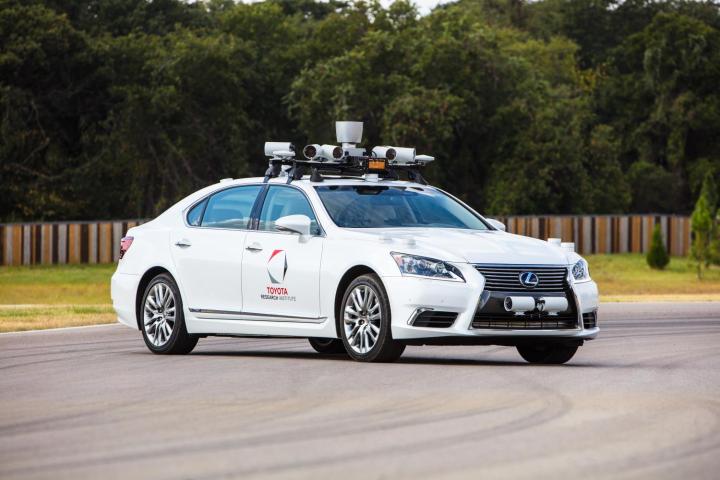
The Silicon Valley, California-based Toyota Research Institute (TRI) is particularly keen to use the location to test its technology for “extreme driving events” deemed too dangerous for trials on public roads. Although it doesn’t specify what this might involve, it’s possible the team could, for example, shove objects in front of the vehicle as it motors along to see how the technology deals with unexpected situations. In a real-life scenario, this could be similar to having a child or animal run into the road from behind a parked car. Such testing may also include other moving vehicles close by, or objects representing pedestrians that aren’t linked to the initial event but who could become involved if an autonomous car is forced to swerve.
It could also involve subjecting the car to tricky road conditions, such as wet and slippery surfaces or numerous physical obstacles.
Toyota’s research team can then use the collected data to improve the technology powering its autonomous vehicles while exploring new features to enhance their safety on the roads.
The trials at GoMentum Station will allow Toyota to put its latest technology through its paces, including its recently unveiled Platform 2.1 autonomous-driving system, which includes a modified Lexus LS 600hL featuring two steering wheels.
This vehicle can operate in two different modes created by Toyota: Guardian and Chauffeur. The former requires a human to drive the car while the self-driving technology works in the background, monitoring for potential collision situations and acting to prevent them. The latter allows the self-driving technology to take full control of the car, removing the need for a driver.
“The addition of GoMentum Station to TRI’s arsenal of automated vehicle test locations allows us to create hazardous driving scenarios for advancing capabilities of both Guardian and Chauffeur and further develop our technology,” said TRI’s Ryan Eustice.
Toyota is planning to showcase its autonomous driving technology at the Tokyo Olympics in 2020.
The Japanese automaker launched the Toyota Research Institute (TRI) in Silicon Valley in 2016, with two additional facilities opening in Massachusetts and Michigan.
TRI’s ambitions include enhancing vehicle safety “with the ultimate goal of creating a car that is incapable of causing a crash, regardless of the skill or condition of the driver.” It also wants to make cars more accessible for those with special needs and seniors, and also adapt its technology for broader mobility possibilities “to move people across the room, across town, and across the country.”


